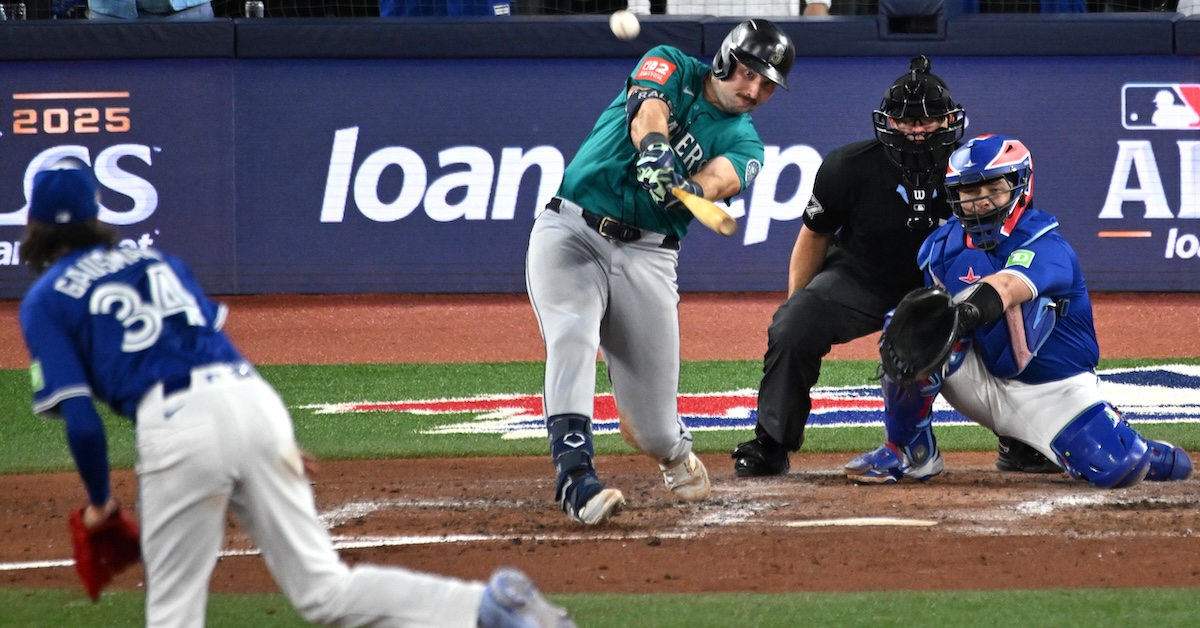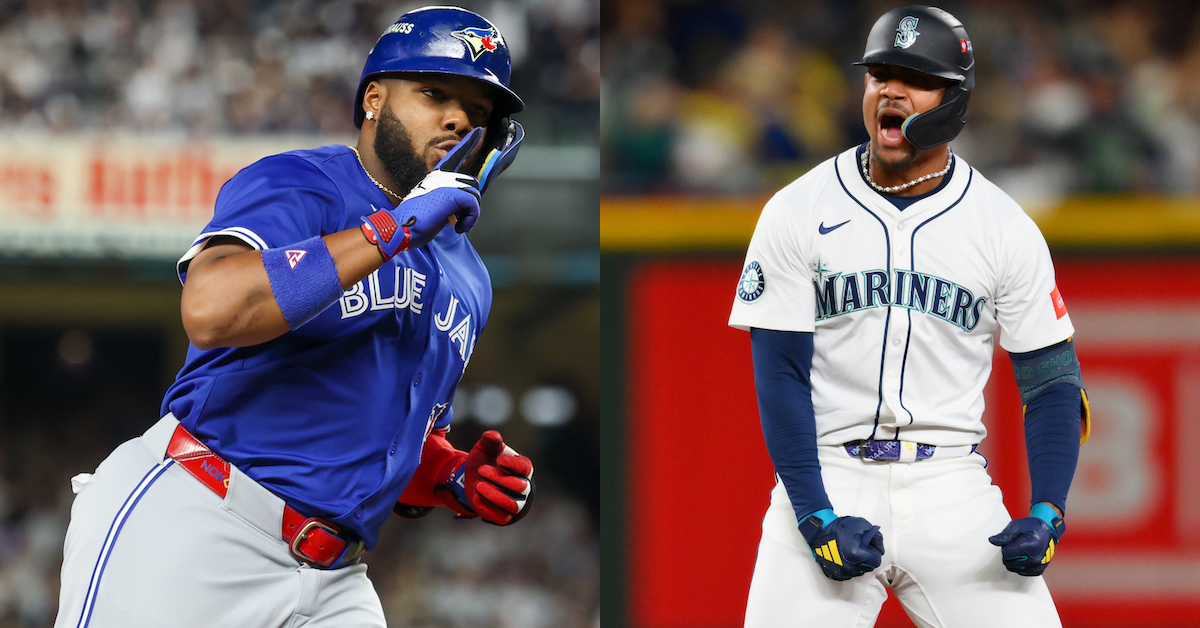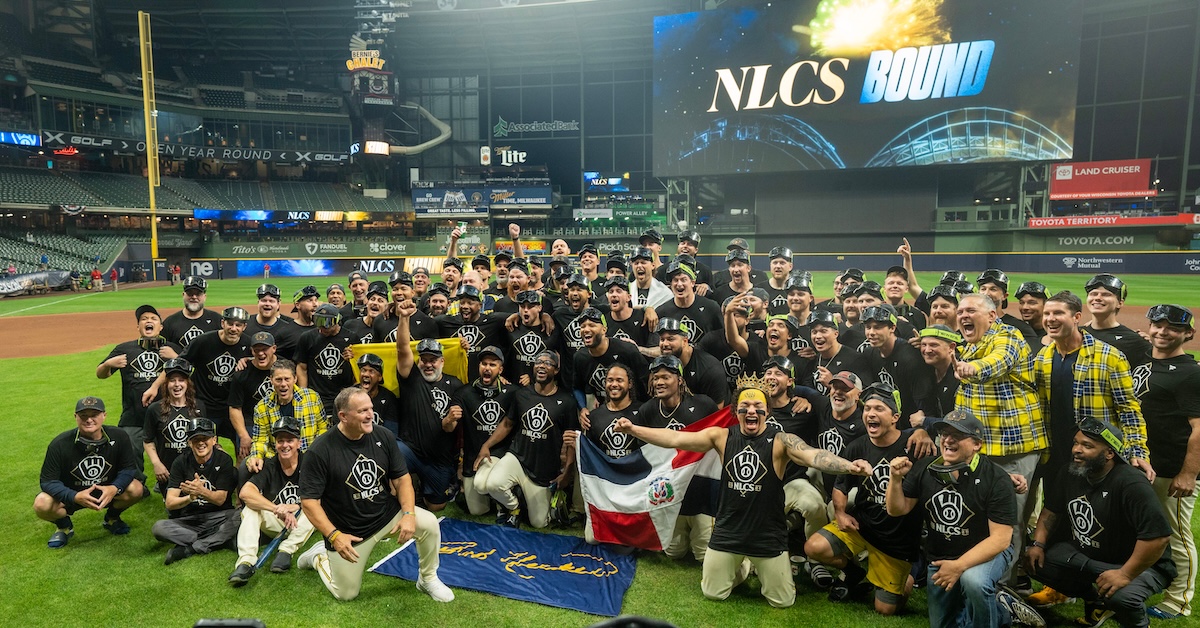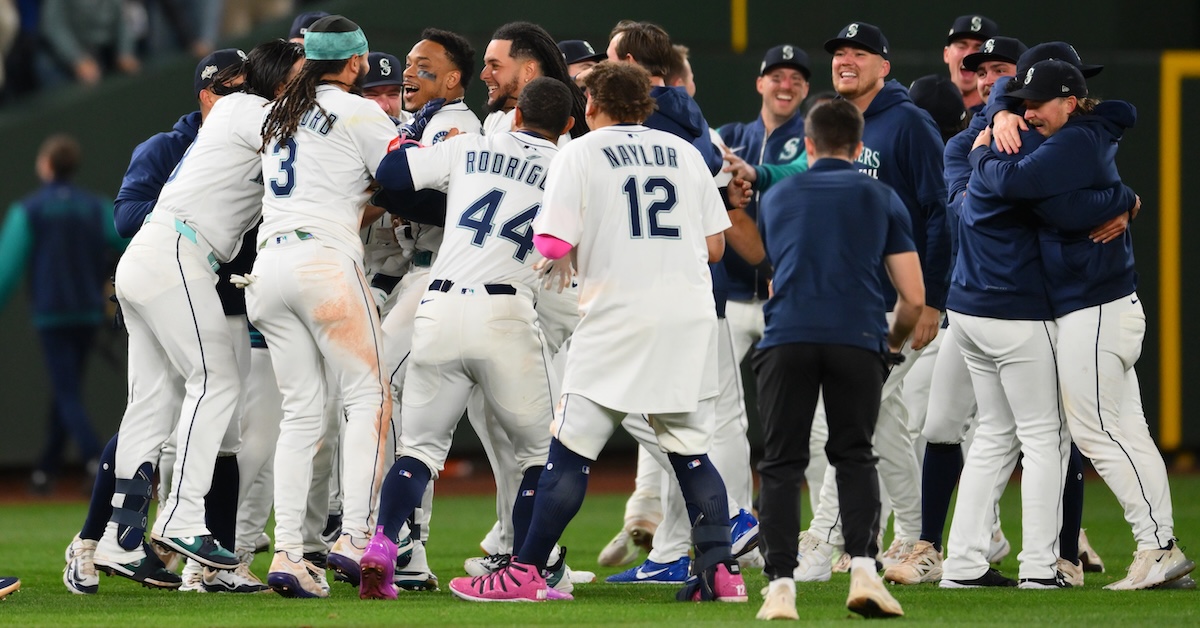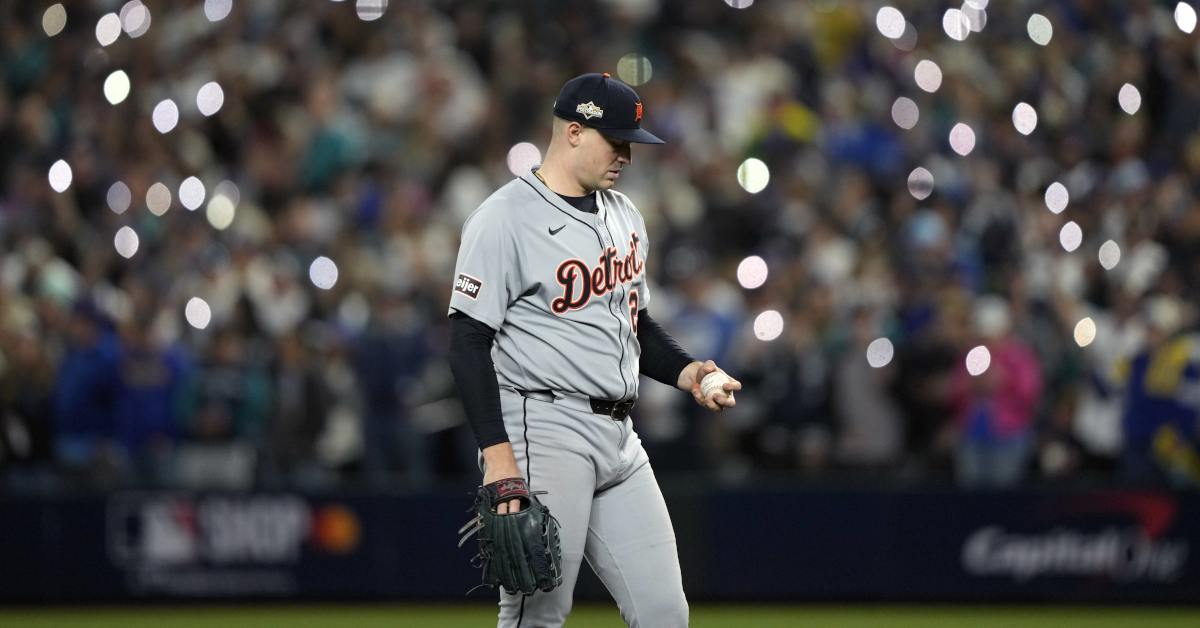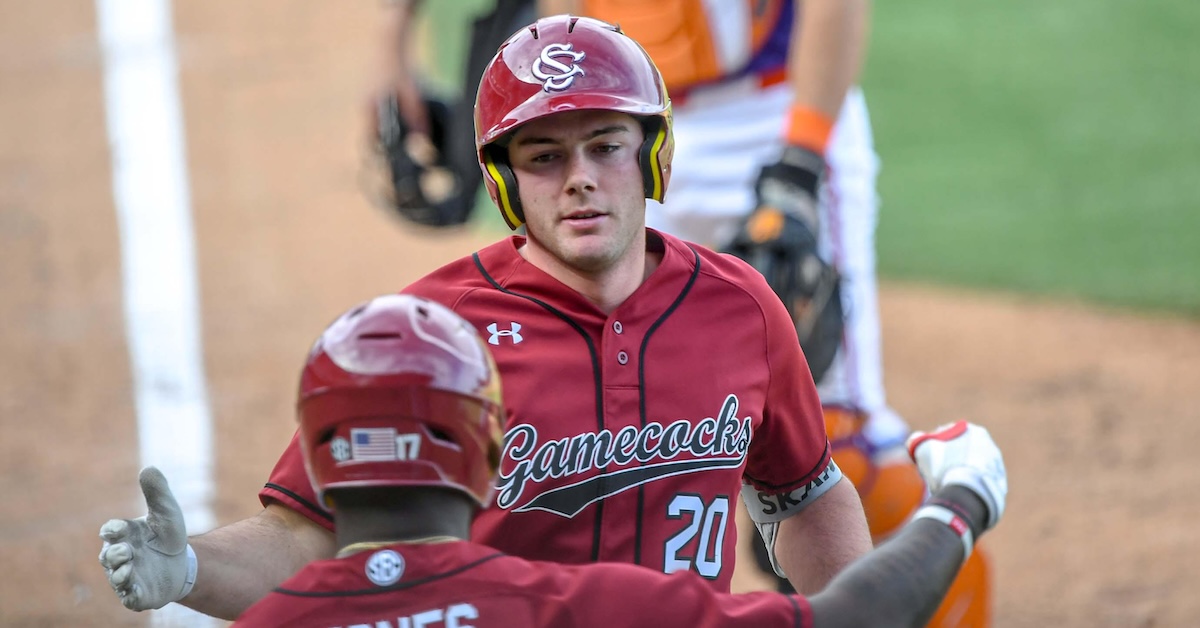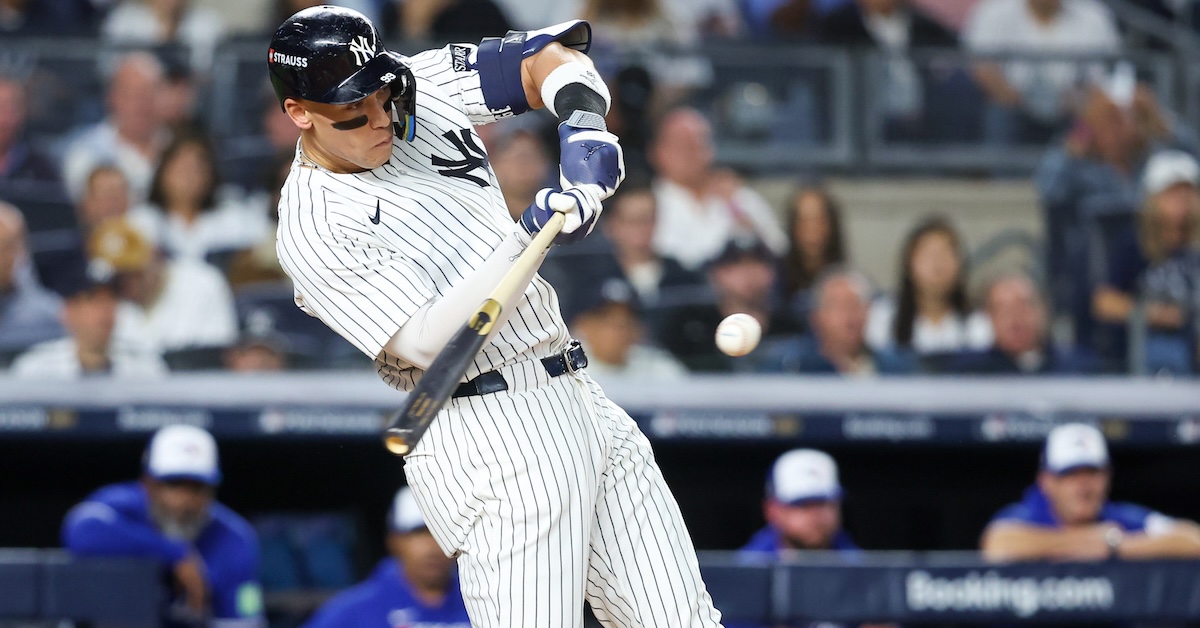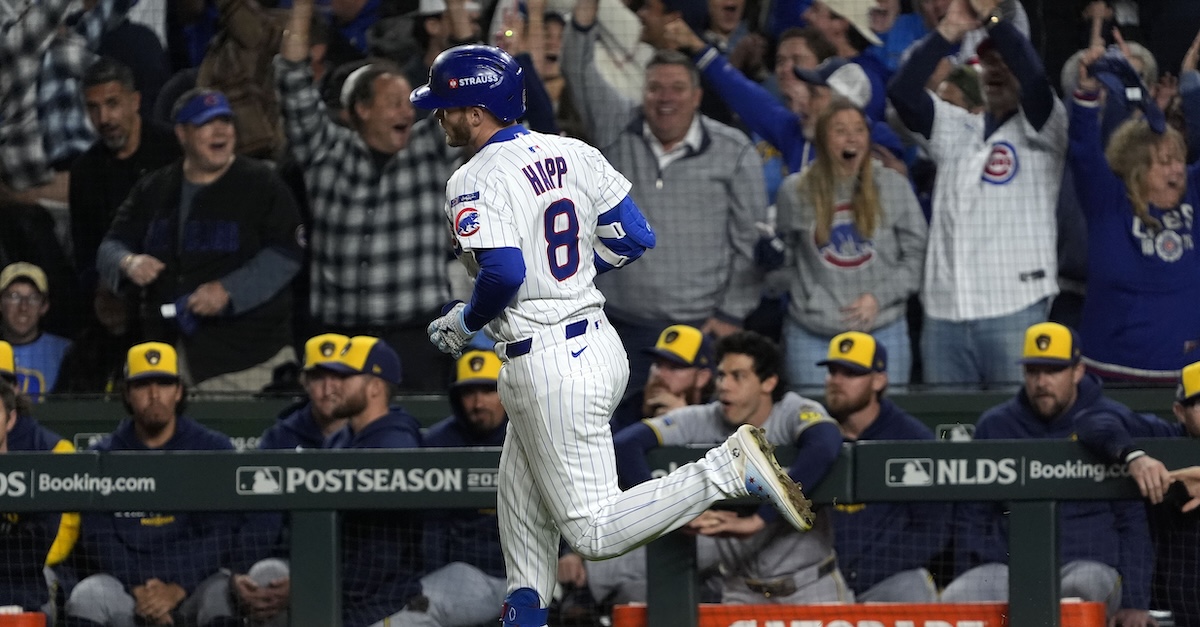Job Posting: New York Mets – Software Engineer, Baseball Systems
Software Engineer, Baseball Systems
Job Description:
The New York Mets are seeking a full stack software engineer with an emphasis on frontend development to join the Baseball Systems team. The ideal candidate would be an engineer with experience working in a fast-paced development environment, with strong engineering fundamentals and an eye for design. The role is in-person, based out of the Mets offices in Queens, NY. Prior experience in or knowledge of baseball is a plus but is not required.
Essential Duties & Responsibilities:
- Collaborate with other members of the Baseball Systems team and the Data Engineering team to build full stack software serving the needs of various stakeholders across Baseball Operations
- Handle ad-hoc requests from stakeholders in a timely manner to ensure smooth operations across the organization
- Push the quality of the Baseball Systems’ frontend codebase through establishment and reinforcement of good software engineering patterns and practices
- Drive engineering excellence across the entire stack through areas like test coverage, improved types, better code re-use, etc.
- Establish good working relationships with stakeholders through thorough requirement gathering, validation, and pro-active communication
Qualifications, required:
- A degree, or significant experience in, Computer Science or a related field
- 3+ years of relevant work experience
- Experience with component-based JavaScript frameworks, preferably React
- Experience both consuming and creating APIs to integrate with data sources
- Ability to rapidly ramp up domain knowledge
- Attention to detail and an eye for good design
Qualifications, nice to haves:
- Experience working with designers and/or design software (Figma, Adobe XD, etc.)
- Experience with telemetry and monitoring suites
- Experience working with cloud platforms
- Knowledge of CI/CD pipeline best practices and patterns
- A general knowledge of SQL and relational databases
- Experience in iOS development (Swift, React Native, etc.)
The above information is intended to describe the general nature, type, and level of work to be performed. The information is not intended to be an exhaustive or complete list of all responsibilities, duties, and skills required for this position. Nothing in this job description restricts management’s right to assign or reassign duties and responsibilities to this job at any time. The individual selected may perform other related duties as assigned or requested.
The New York Mets value the unique qualities individuals with various backgrounds and experiences can offer the organization. Our continued success depends heavily on the quality of our workforce. The Organization is committed to providing employees with the opportunity to develop to their fullest potential.
Salary: $120,000 – $160,000
For technical reasons, we strongly advise to not use an .edu email address when applying. Thank you very much.
To Apply
To apply, please follow this link.
The content in this posting was created and provided solely by the New York Mets.
